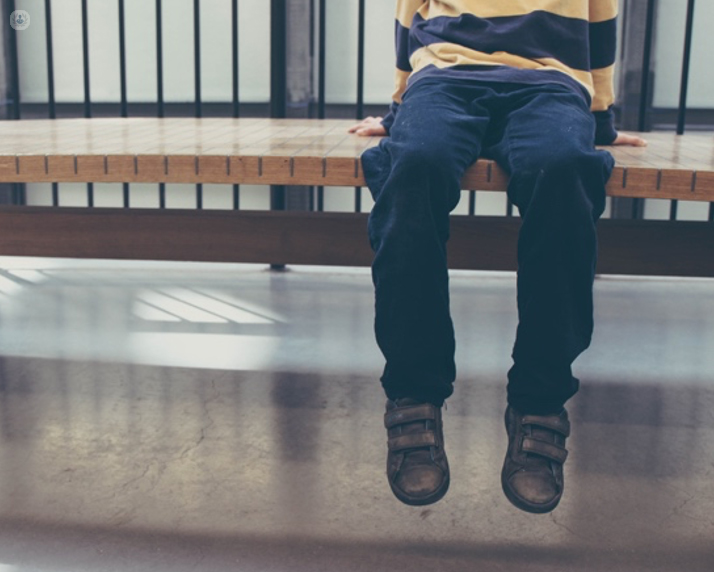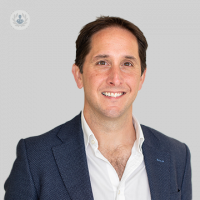Limb lengthening: precise nail surgery
Written by:Limb lengthening surgery is a specialist procedure. However, if your child will require this surgery you will want to make sure you get in contact with a surgeon who has a lot of experience in using this technique.

We spoke to Mr Thomas Crompton , a highly experienced trauma and orthopaedic surgeon, to find out when exactly a child would need to have this procedure, how long it takes to see results and whether the procedure is painful.
Why is limb lengthening surgery carried out on some children?
Some children are born with legs of two different lengths or with conditions that will cause a difference in growth between the legs. Other children have problems with growth caused by fractures or infection that can lead to the leg length discrepancy. This can cause pain, a limp or even arthritis as an adult. In order to address these issues, limbs can be lengthened to reduce the discrepancy.
How is the surgery carried out?
Very few children’s surgeons carry out limb lengthening using the Precice nail system in the UK and I am one of these surgeons. The Precice nail is placed within the bone during an operation for limb lengthening surgery. It is used to grow new bone and change the length of the limb. The nail contains a gear system and a magnet that lengthens the nail. An external handset is placed on the limb that can be used to activate the nail.
During the operation, the nail is inserted into the centre of the bone and it is secured with screws. The bone is then divided in a specific place. There will be surgical wounds where the nail and screws are inserted as well as the area where the bone has been divided.
How is bone growth encouraged?
The lengthening process should begin around five to seven days after the surgery and instructions will be given on how to use the handset. The bone is slowly pulled apart using the Precice nail and so new bone starts to form in the gap.
Bone is usually lengthened around one millimetre per day. After the bone has hardened, the nail can be removed. During the lengthening process, crutches will be used and it won't be possible to weight bear fully on the limb. It will still be important to maintain movement and I work closely with specialist physiotherapists to help patients with this.
How long exactly does the lengthening process take?
Every person is different, and the amount of time it takes to lengthen your bone may be different from this. A 50 millimetre (five cm) lengthening can take approximately 50 days and then a further six months for the bone to harden after the lengthening has finished.
Is limb lengthening painful?
Immediately after surgery you may have patient-controlled analgesia (PCA). The PCA allows you to press a button to get immediate pain relief. After the initial pain has eased this will be changed to simple painkilling tablets.
Patients may experience pain during the lengthening process as the bone stretches alongside the soft tissues but it is well tolerated. Pain can be relieved with appropriate medication or adjustments to the rate at which we lengthen. Children’s parents should inform us if their symptoms change or pain is not well controlled.
How much length can be added?
Around five to seven centimetres is the maximum safe lengthening.
For more information on the surgery discussed in this article, we recommend booking an appointment with Mr Thomas Crompton, a leading trauma and orthopaedic surgeon. Click here to visit his Top Doctors profile today.


